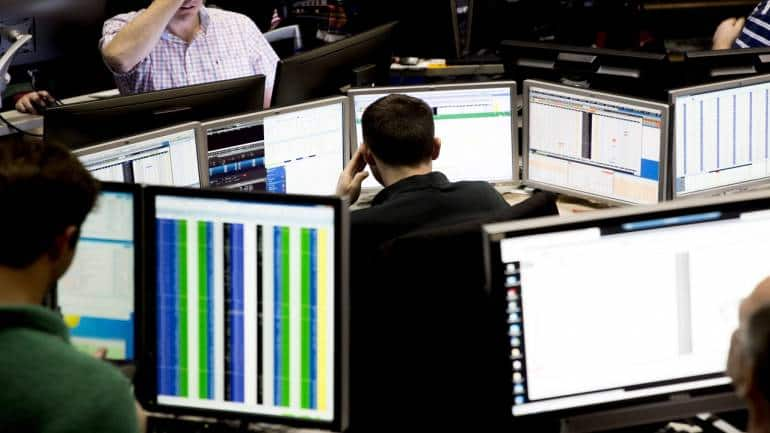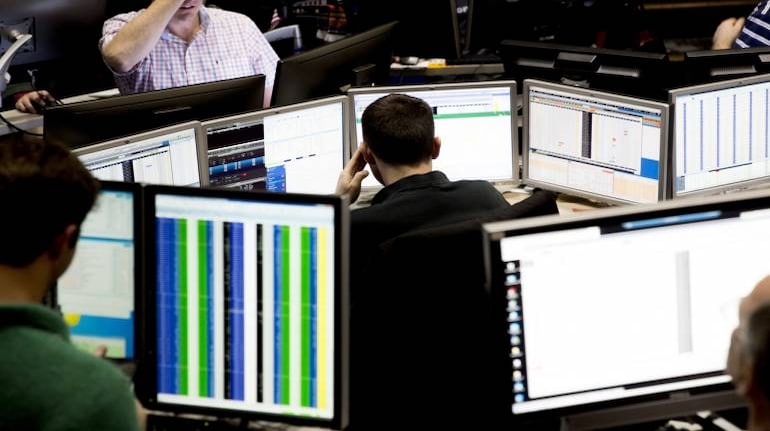MC Explains| What is stock exchange disaster recovery site switch and why it matters


A disaster recovery site allows market to continue to function in case of an emergency such as a security breach.
The National Stock Exchange (NSE) will conduct a special live trading session on March 2, 2024, involving an intraday switchover to a disaster recovery (DR) site. The session aims to facilitate the transition from the primary site (PR) to the disaster recovery site, a Securities and Exchange Board of India (SEBI) circular said.
What is the purpose of the special session?
The special trading session is being held to evaluate the readiness of Market Infrastructure Institutions (MIIs) in handling unforeseen events such as system outages affecting their operations. It aims to assess their ability to restore operations from the disaster recovery site, aligning with SEBI’s framework for business continuity.
What are the timings for the special trading session?
The session will be carried out in two phases. The first will take place from the primary site, while the second session will be conducted from the disaster recovery site. Here’s the schedule:
Session 1
9am-9.08 am (pre-open)
9.15 am-10 am (open)
Session 2
Story continues below Advertisement
11.15 am-11.23 am (pre-open)
11.30 am – 12.30 pm (open)
What kind of trading will be allowed during the session?
During the session, certain regulations will be implemented to maintain market stability and prevent excessive volatility:
Futures contracts can fluctuate within a five percent operating range.
Securities in the Future and Options (F&O) segment will have upper and lower circuit limits of five percent, while those with a two percent limit will maintain their existing circuit limit.
The exchanges will have pre-open and post-closing sessions along with the morning block deal window.
Due to March 2 being a settlement holiday, purchases made on March 1 will be settled on March 4.
Funds from F&O trades on March 1 cannot be utilised during the special DR sessions to ensure that the testing does not impact the regular settlement cycle.
What is a disaster recovery site? How does it work?
In the event of an emergency such as a security breach, market operations can be temporarily relocated to a disaster recovery site to ensure continuity. SEBI’s circular on March 22, 2021 outlined a framework for business continuity and disaster recovery sites for various financial institutions.
Advances in technology prompted a re-examination of the framework to reduce the time required for switching from the primary data centre to the DR site.
All the outstanding orders shall be purged before the start of trading from the DR site. In the live session, conducted from the DR site, orders from colocation shall be routed from the primary site to the DR site. Similarly, dissemination shall be done from the DR site to the colocation racks at the primary site.
What prompted SEBI to push exchanges to test disaster recovery mechanisms?
Glitch on February 24, 2021
A technical glitch at NSE held up trading across all segments from 11.40 am to 3.45 pm, which led to regulatory actions, including a show-cause notice from SEBI. The bourse later with the market regulator by paying Rs 72.6 crore.
What about BSE?
The BSE, too, will also conduct a special trading session simultaneously.
Earlier, it was scheduled for January 20 but due to the Ram Temple consecration ceremony in Ayodhya, a full-fledged trading session was held on the day as January 22 was declared a stock market holiday.
Disclaimer: The views and investment tips expressed by investment experts on Moneycontrol.com are their own and not those of the website or its management. Moneycontrol.com advises users to check with certified experts before taking any investment decisions.









